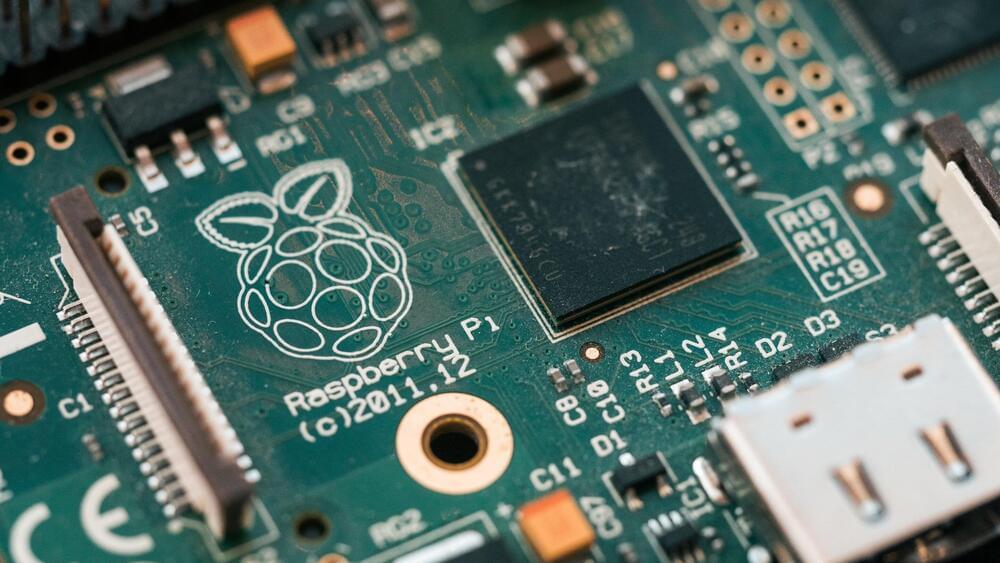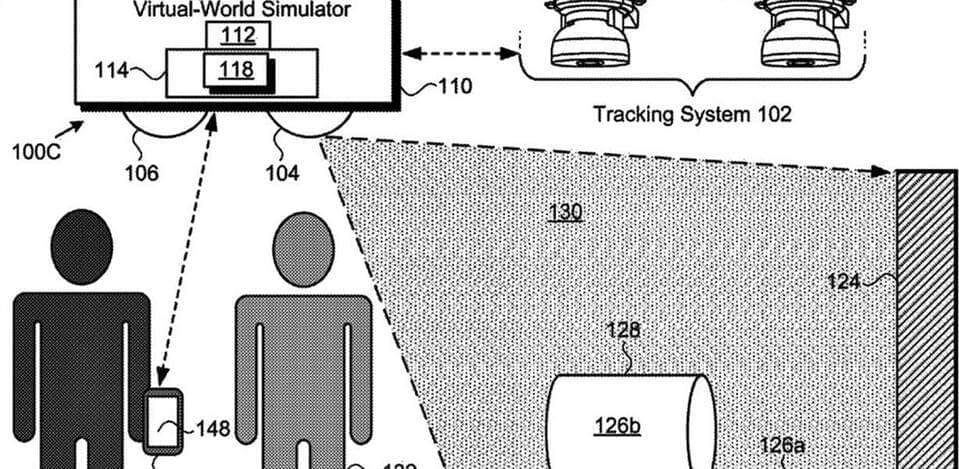A farmer can put the tractor to work with a swipe of a smartphone app and then walk away to attend to other business.



A team of researchers at the Institute of Computer Science and Random Systems has built a non-software-based virus detection system using a Raspberry Pi, an H-field probe and an oscilloscope to detect electromagnetic wave signatures of multiple types of viruses. The team presented its system and test results at last month’s ACM Machinery’s Annual Computer Security Applications Conference and published a paper describing their system on ACM’s Research Article page.
The idea behind the new system is that running software generates electromagnetic waves. And each piece of software generates its own unique wave patterns due to the way the software executes its code. The researchers took advantage of this knowledge and began using an H-field probe to capture wave patterns of known computer viruses running on various devices and viewed the results on an oscilloscope. They saw oscilloscope patterns that were unique to individual viruses as they were running. The researchers used that information to program a Raspberry Pi to identify data from the other two devices to recognize known virus wave patterns, using the system as a virus detector. To determine if a virus is running on a computer, IoT device or smartphone, a user places the H-field probe close enough to the device to read the electromagnetic waves that are generated. The Raspberry Pi then reports on whether it found any viruses, and if so, which ones.
Fittingbox’s Frame Removal uses diminished reality to help people pick out new eyeglasses — but the tech’s potential extends far beyond the bridge of your nose.
French company Fittingbox has just unveiled an app that uses a technology called “diminished reality” — the opposite of augmented reality (AR).
The app is designed to help shoppers pick out new eyeglasses, but the tech’s potential extends far beyond the bridge of your nose.
The challenge: Many eyeglass sellers now let you try on specs virtually — just pick a pair off a website, look into the camera on your phone or computer, and thanks to the magic of augmented reality (AR), you can see what the frames look like on your face.
In a groundbreaking new study, researchers at the University of Minnesota Twin Cities used a customized printer to fully 3D print a flexible organic light-emitting diode (OLED) display. The discovery could result in low-cost OLED displays in the future that could be widely produced using 3D printers by anyone at home, instead of by technicians in expensive microfabrication facilities.
The research is published in Science Advances.
The OLED display technology is based on the conversion of electricity into light using an organic material layer. OLEDs function as high quality digital displays, which can be made flexible and used in both large-scale devices such as television screens and monitors as well as handheld electronics such as smartphones. OLED displays have gained popularity because they are lightweight, power-efficient, thin and flexible, and offer a wide viewing angle and high contrast ratio.

Apple was hit with a wave of criticism earlier this year when it announced plans to scan iPhones to stop the distribution of Child Sexual Abuse Material (CSAM). Critics fretted that Apple’s hash-checking system could be co-opted by governments to spy on law-abiding iPhone users. In response to the backlash, Apple might end up making changes to that program, but Google has its own way of spotting CSAM, and it might be even more intrusive for those who use all of Google’s cloud services.
The specifics on Google’s CSAM scanning come by way of a warrant issued in early 2020 and spotted by Forbes. According to the filing, Google detected CSAM in Google Drive, its cloud storage platform. And here’s where things get a little weird; the warrant stemming from this report targeted digital artwork, not a photo or video depicting child abuse.
Apple’s system under its “Expanded Protections for Children” banner uses hashes for known child abuse materials, scanning iDevices for matching hashes. This should prevent false positives and it doesn’t require Apple to look at any of the files on your phone. The issue cited most often with this approach is that Apple is still scanning your personal files on your smartphone, and it could be a privacy nightmare if someone manages to substitute different hashes. Apple says this isn’t possible, though.

The immersive tech could eventually allow park visitors to interact with Mickey Mouse and Elsa as images, not cast members in costume.
Disney is joining the metaverse party.
We aren’t talking online gigs or business meetings with avatars. Disney wants to enhance the virtual dimension of its theme parks with its Virtual World Simulator, new technology for which it was granted a patent in the U.S. on December 28.
The system could be used as follows: a user enters a venue or ride in which images are projected onto flat and curved surfaces, creating an immersive virtual environment. The user’s movements are tracked and the projections change accordingly, maintaining the sense of a complex, coherent world. Their shifting viewpoint is gauged with a technique called Simultaneous Localization and Mapping, or SLAM.


Nreal is a China-based startup behind the Nreal Light AR glasses, which aim for a sunglasses-like design. By hooking it up to your (Android) phone, it’s able to project virtual objects in your real environment and even allow you to walk around with position tracking. While we’re not quite there yet, I think the Nreal Light is definitely getting us closer to fully fledged AR glasses.
Cas and Chary VR is a YouTube channel hosted by Netherland-based duo Casandra Vuong and Chary Keijzer who have been documenting their VR journeys since 2016. They share a curated selection of their content with extra insights for the Road to VR audience.

Google is bringing Fast Pair to Windows and TVs and more. It’s also planning Wear OS watch unlocks for phones.
Google laid out its plans for a number of new features coming to its ecosystem of devices and operating systems this year, a lot of which is focused on connecting them all or making setup easier. Whether you have an Android phone and an Android TV or a Chrome OS devices and a Wear OS watch, there is a good chance they will start to talk to each other.
Quicker setup of all devices
One of the biggest items Google announced today involves Fast Pair, the quick-connect technology that Google pushed out to phones and headphones a couple of years ago. In the coming weeks and months, Fast Pair will work on more devices and throughout more operating systems.

Tractors that steer themselves are nothing new to Minnesota farmer Doug Nimz. But then four years ago, John Deere brought a whole new kind of machine to his 2,000-acre corn and soybean farm. That tractor could not only steer itself but also didn’t even need a farmer in the cab to operate it.
It turns out the 44,000-pound machine was John Deere’s first fully autonomous tractor, and Nimz was one of the first people in the world to try it out. His farm served as a testing ground that allowed John Deere’s engineers to make continuous changes and improvements over the last few years. On Tuesday, the rest of the world got to see the finished tractor as the centerpiece of the company’s CES 2022 press conference.
“It takes a while to get comfortable because … first of all, you’re just kind of amazed just watching it,” said Nimz, who on a windy October afternoon described himself as “very, very interested” but also a “little suspicious” of autonomous technology before using John Deere’s machine on his farm. “When I actually saw it drive … I said, ‘Well, goll, this is really going to happen. This really will work.’”